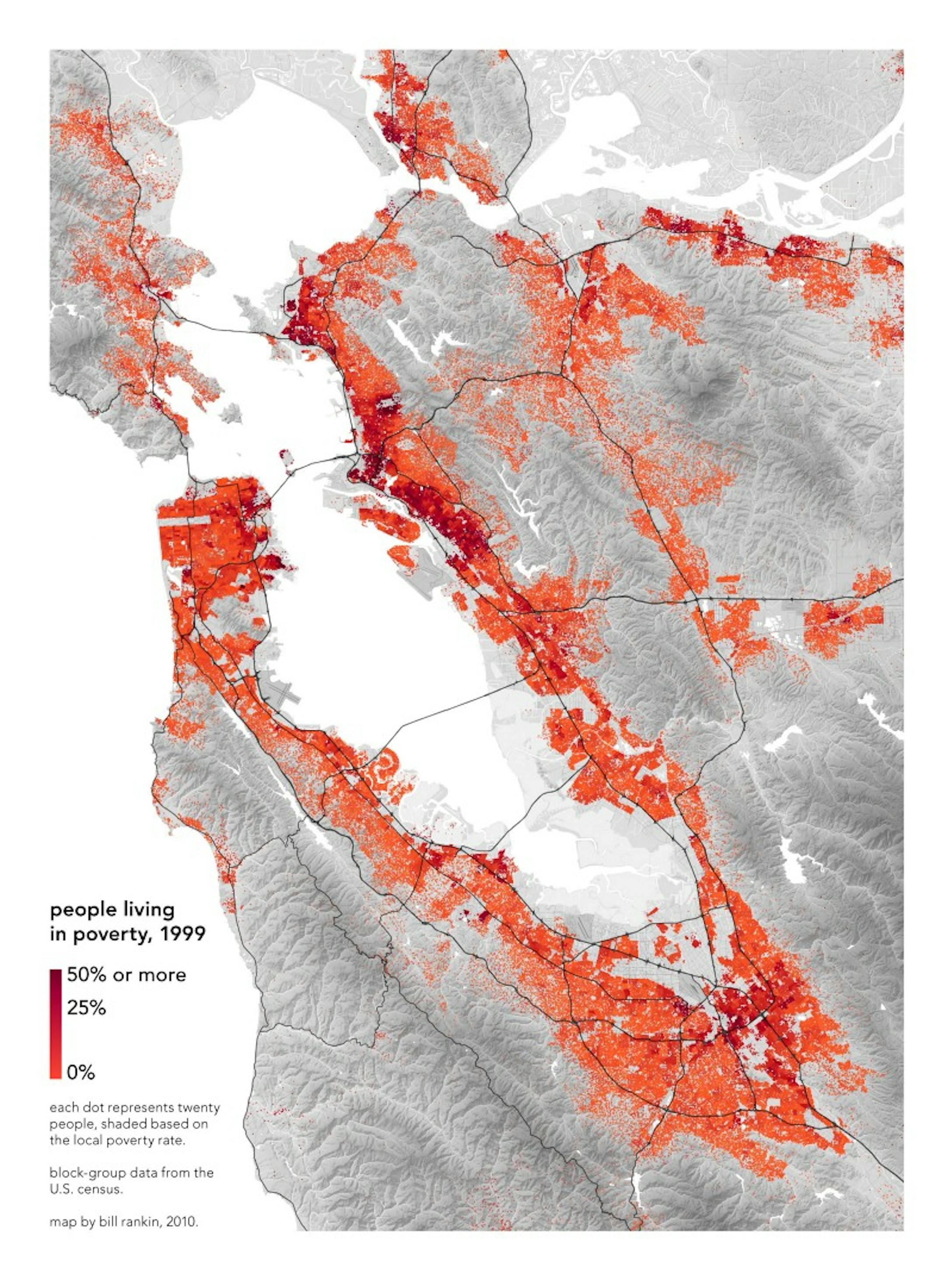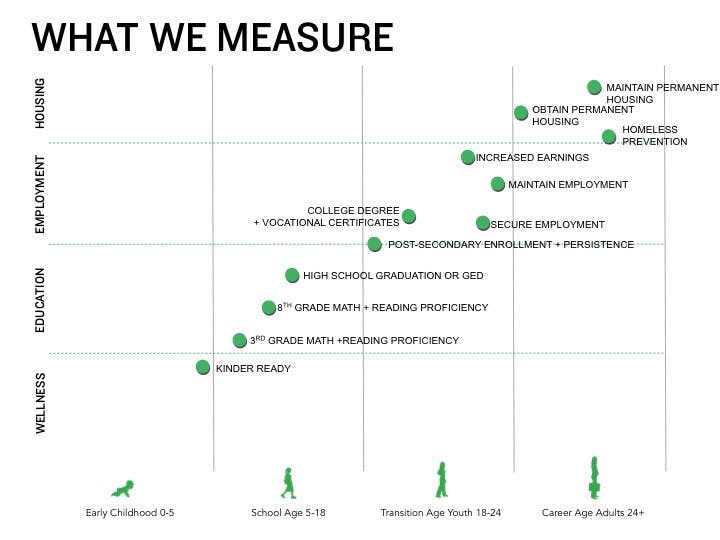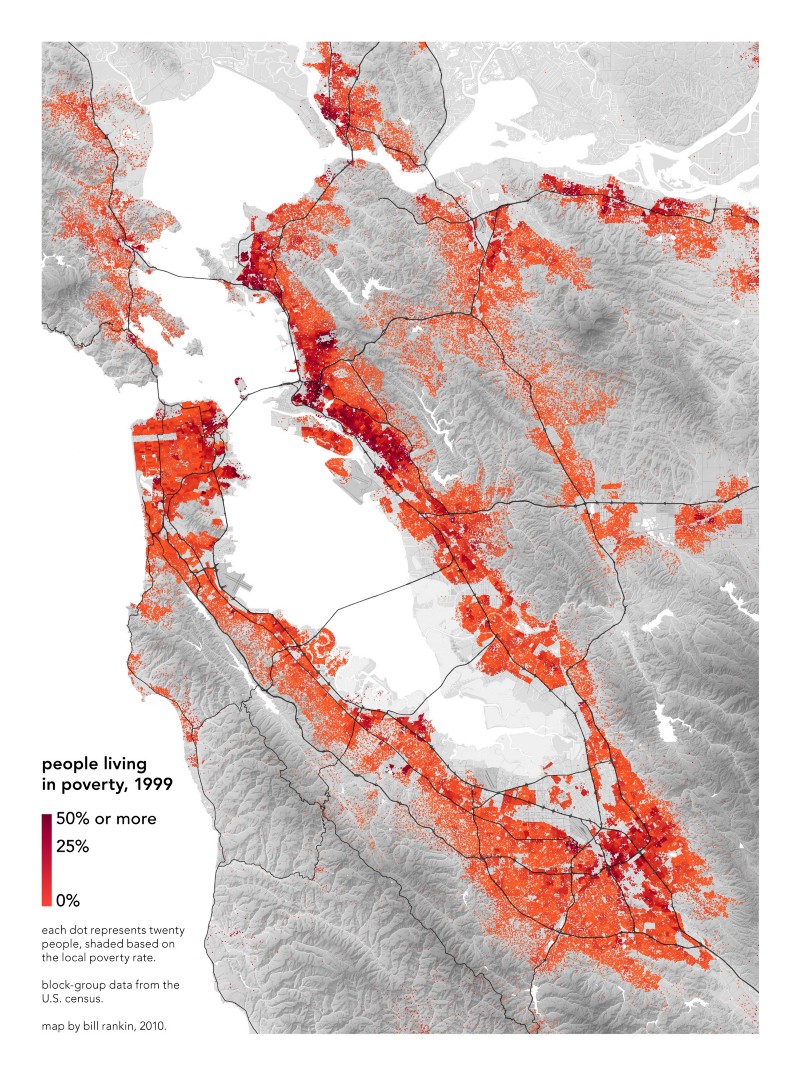By Jamie Austin
At Tipping Point, we believe that on the path out of poverty, there are key milestones we can measure to track an individual’s success. We value long-term outcomes and meaningful data and have developed a set of core metrics to help our grantee organizations measure these important indicators.
Jamie Austin is the Senior Director of Impact + Learning at Tipping Point.
Right now in this country, more than 43 million Americans live in poverty. That’s almost 14% of the country — the highest percentage since President Johnson declared war on poverty over five decades ago.

Although there are hundreds of thousands of non-profits working to alleviate this issue, there is no silver bullet. A complex problem demands complex solutions. But part of the answer could lie in how philanthropy funds and evaluates the work of poverty-fighting organizations.
For too long, investors have focused on quick solutions and short gains. We’ve been content to count instead of measure, and we’ve been counting in archaic ways. Many investors track “outputs”: How many people have been reached? How many beds were used in the past 12 months? How many meals were delivered? And many funders reduce support when these metrics drop, even for understandable reasons such as a shift in strategy or a short-term drop in demand.
As a funder, solely using outputs to measure an organization’s success is tempting. Outputs are straightforward to collect. They are tangible, discrete and easy to understand. But rarely do outputs tell us if an effort is creating true change.
At Tipping Point, we find and fund organizations with the best shot at fighting poverty — those whose game plans focus on their clients in achieving crucial outcomes, or what we call “core metrics.” Core metrics are what we use to evaluate an organization’s impact. Core metrics aren’t outputs; they are those outcomes that clients strive for on the path toward self-sufficiency: grade-level reading and math proficiency, a college degree, a job at a living wage, and a safe place to live. These milestones enable and empower people to break the cycle of poverty.

Progress in reaching these outcomes can be slow, so we must have considerable and long-term commitments. Unrestricted funding, or “no strings attached funding,” is the most coveted source of capital in the social sector and allows leaders to invest in areas where it’s needed most. Funders can’t expect small, time-bound or highly restricted grants to create the change we all want for our communities.
Earlier this year, we completed our annual evaluation of our core metrics and how our grantees are performing in relation to these. We are seeing positive changes — improved reading grade proficiency, more people being placed in jobs and more people finding and staying in stable housing.
Our priority as a funder is rigor, commitment and long-term results.This long-term approach changes the dynamic between funder and grantee. It builds trust. The dialogue focuses how to create and measure outcomes, as we can hold one another accountable only with strong evidence of the collective work.
“It’s like that old saying ‘You are what you eat,’” said Rob Hope, Chief Program Officer at Rubicon, an employment organization that Tipping Point supports. “For non-profits, we are what we measure.”
As for philanthropy, we are what we fund. We must stop settling for moment-in-time snapshots of impact, tallying smaller wins that tell stories, but fail to depict any big-picture movement. If we truly want to transform what is possible for those most in need in our communities, we must do a better job of detecting that change as it unfolds and rewarding organizations whose efforts catalyze it.
[1] Source: US Census Bureau





